Indus Motor Company (IMC) recently unveiled the Toyota Yaris facelift in Pakistan to better compete with popular models like Honda City and Changan Alsvin in the market. This facelift brings both exterior and some interior updates. The most prominent change is the introduction of LED headlights with a “hammerhead” design, similar to what we see in the latest breed of Toyota cars globally.
The grille has also been updated, featuring a prominent Toyota logo and horizontal slats on either side. The front bumper got a complete makeover, boasting a trapezoidal element in the center. New alloy rims make the side profile look elegant, while the retractable side mirrors add convenience.
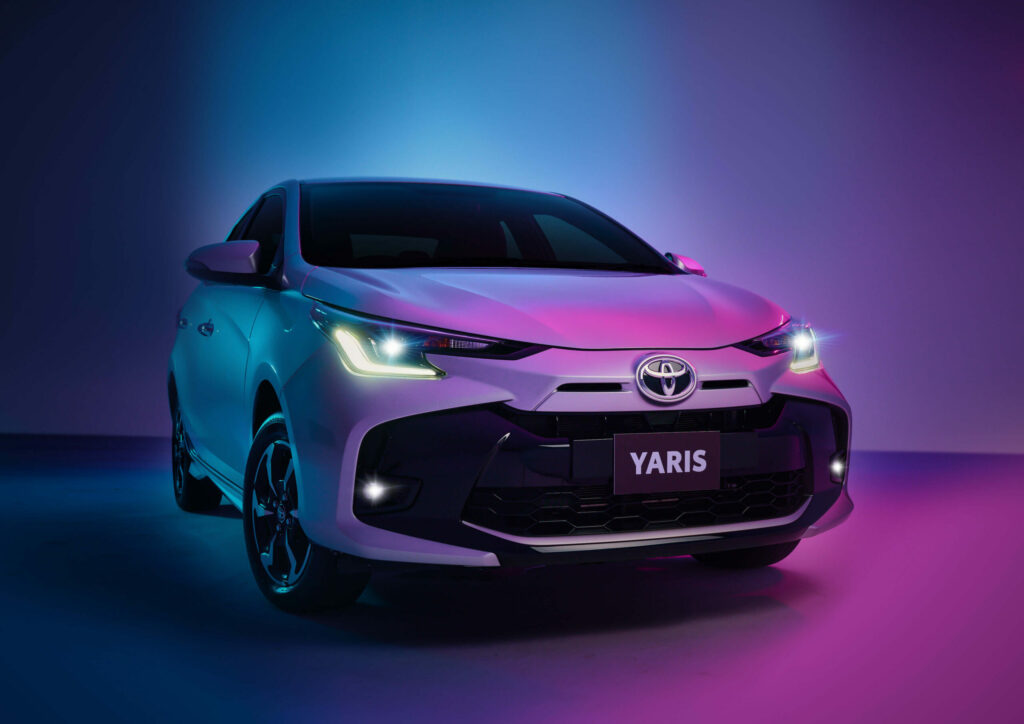
These design elements are pretty similar to the updates seen in the Vios/Yaris launched in Vietnam last year. While the redesigned Yaris undoubtedly offers a significant improvement over the pre-facelift version, it could have been even better if IMC had adopted the design language of the Thai-spec Yaris XP150 facelift. Although this model is no longer on sale in Thailand now as they have received the newer generation model a couple of years ago, the Thai-spec XP150 Yaris Ativ facelift sold between 2020 and 2022 featured a bold and sportier design, mimicking the looks of 11th-gen Corolla facelift.
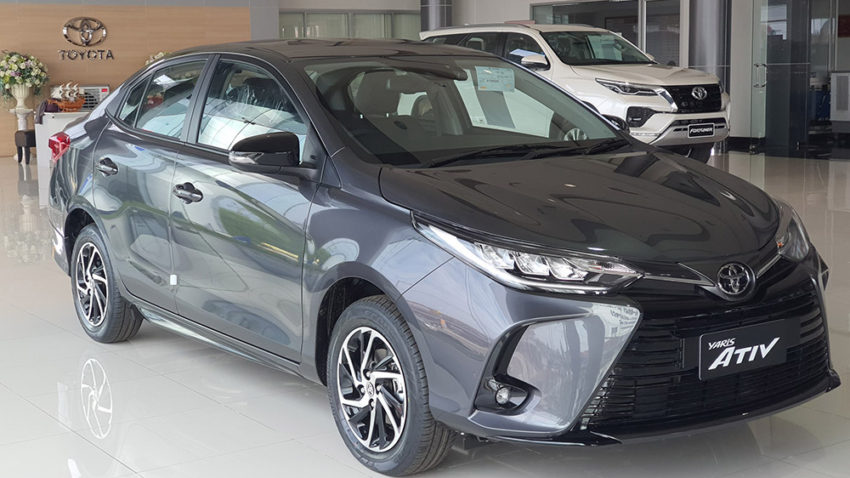
The sharp angles, wide lower apron, and ultra-wide grille created a more aggressive look. Furthermore, the rear bumper with a diffuser-like trim & a woven carbon-fiber design, gave the Thai-spec Yaris sporty vibes that resonates better with a broader audience, especially young car buyers or Gen-Z seeking a stylish and sporty vehicle, something which the Pakistani version currently lacks.
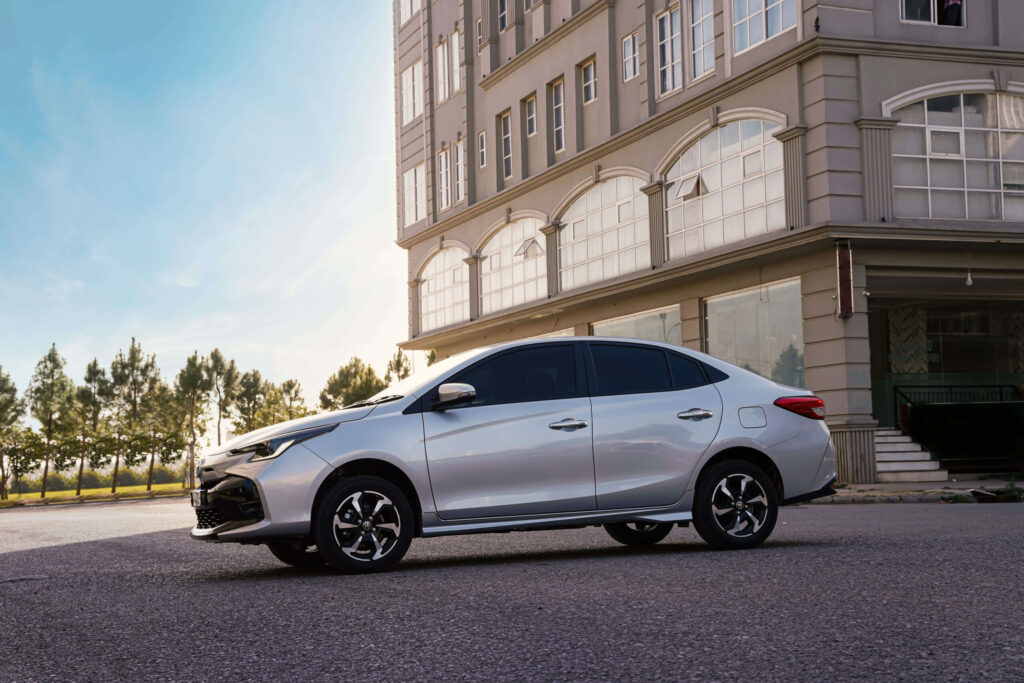
Coming back to the locally launched Yaris facelift, the interior’s standard features, like a soft leather steering wheel and black theme, create a sophisticated ambiance. But if you opt for a top-tier trim, you’ll experience a premium cabin featuring black and beige upholstery with cross-stitch seats and a stylish grey roof liner. IMC has also made significant upgrades in the safety department.
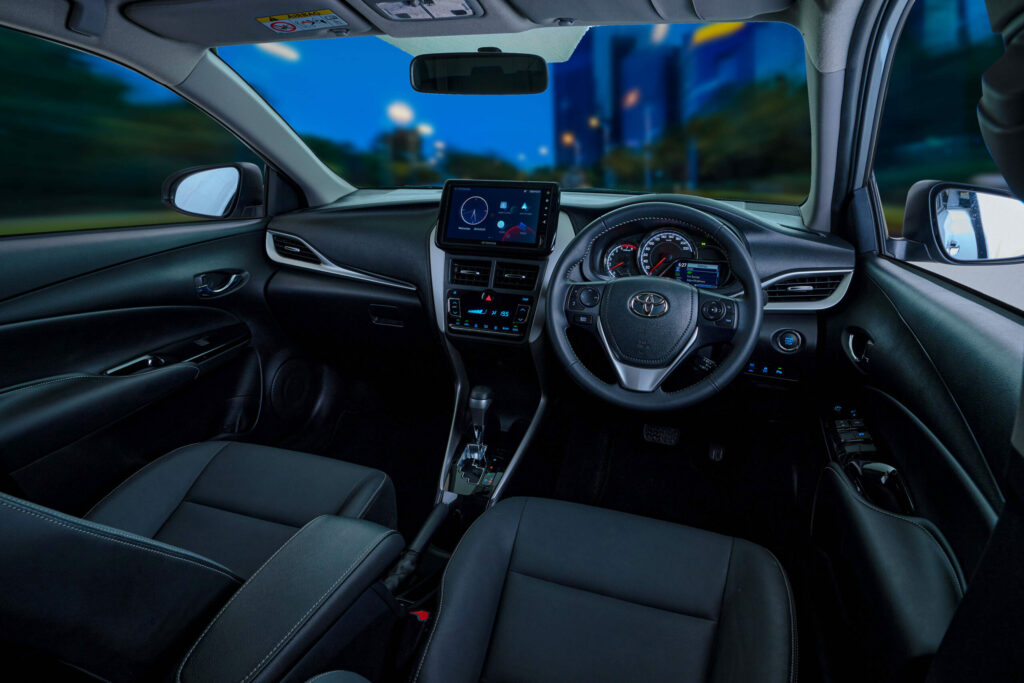
The addition of cruise control across all variants makes highway driving effortless, while the knee airbag (now a total of 3) enhances passenger protection. The instrument cluster panel has a new color scheme for better readability, and the “Follow Me Home” headlamps provide added security after parking. Tech-wise, the infotainment system has a larger 9-inch floating screen with Apple CarPlay/ Android Auto connectivity.
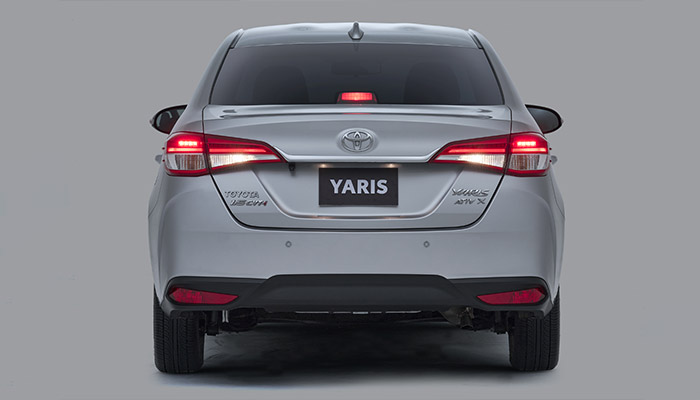
Toyota hasn’t made any changes to the power level. The engine options remain the same: 1.3L and 1.5L. However, the official price is slightly higher than before. You can expect to pay Rs 6,255,000 for a 1.5L Ativ X CVT (Beige interior) and Rs 6,319,000 for a 1.5L Ativ X CVT (Black interior).
Does this price increase justify the given updates? But even with all the improvements offered, one might still think if IMC had introduced the Thai facelift here instead of the Vietnamese version. So which Yaris facelift do you find more aesthetically pleasing? We’re curious to hear your thoughts!

Zainab Noor is an automotive writer. Childhood rides in Nissan Almera fueled her love for cars. After graduating from AIOU in 2021, she steered her passion into freelance writing. Her journey started with a gig covering French electric bikes, and she hasn’t looked back since. You can find Zainab on Linkedin discussing upcoming models, technology, and emerging trends in the automotive industry.




